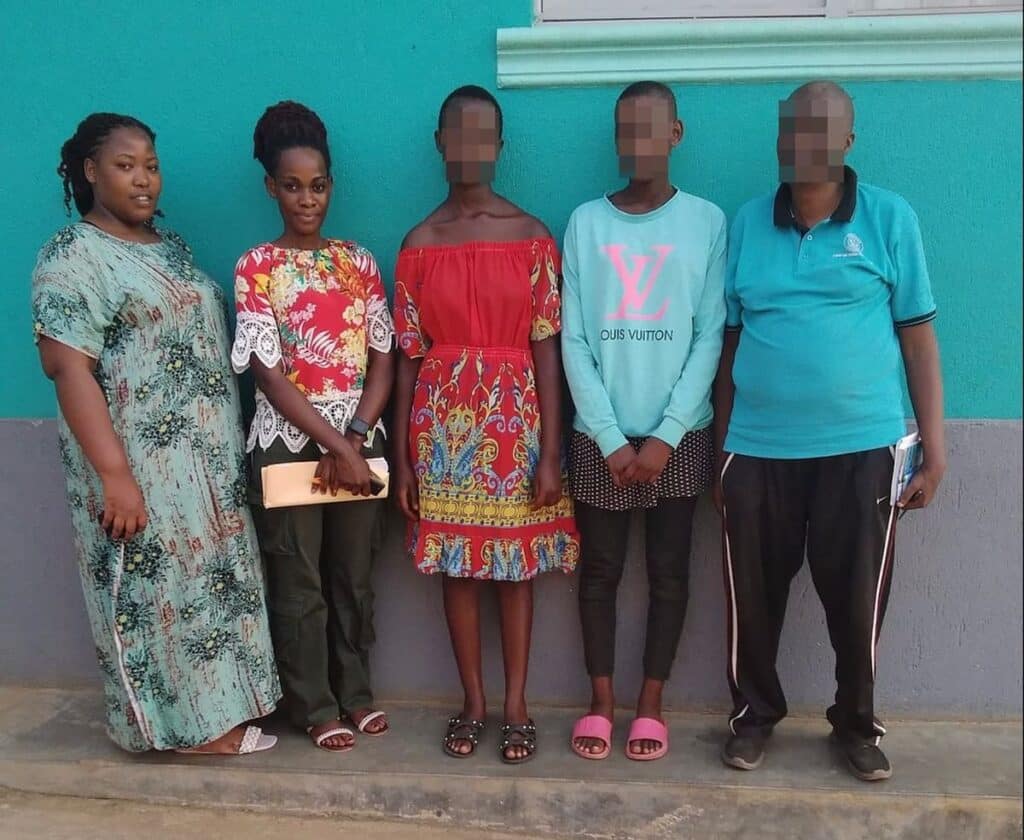 Donate Now
Donate Now

In partnership with the local Church, Okoa Refuge exists to glorify Christ through stabilizing the family unit and transforming entire communities.
Donate NowIn America, we hear stories on the news about domestic abuse and violence against women and how it impacts families and communities. This is an example of gender-based violence (GBV), and unfortunately, GBV is a worldwide issue facing women and children. To put an end to GBV, we must first understand what gender-based violence is and how it affects the lives of women and communities. This topic is heavy and covers mature topics, so we encourage reader discretion—but we hope to shed light on this important subject so we can help bring GBV to an end in Uganda and the world.
The gender-based violence is any violent act committed against a person on the basis of their gender. The official definition by the UN is “any act of gender-based violence that results in, or is likely to result in, physical, sexual, or harm or suffering to women, including threats of such acts, coercion, or arbitrary deprivation of liberty, whether occurring in public or in private life.”
While GBV can occur against men, it more commonly affects women and children. In fact, estimates show that 1 in 3 women will experience violence—particularly intimate partner violence (IPV)—at some point in their lives. Gender-based violence takes many forms and can happen anywhere to anyone; however, GBV is more common in areas of civil unrest, food insecurity, socio-economic crisis, and other quality-of-life stressors or emergencies.
Gender-based violence can look different in each case. The European Commission separates GBV into three categories:
Human trafficking of women and children involves all three forms of GBV. This is why we cannot hope to end GBV without addressing and fighting against human trafficking.
The effects of gender-based violence are often felt throughout a community and can be devastating. They can include:
In a community where GBV is prominent, the cycle of abuse can spiral for women and girls. Gender inequality increases, and stigmas against women worsen and contribute to the violence against them. Young girls may have to halt their education because of an unexpected pregnancy or forced marriage, furthering the prevalence of poverty and making them more susceptible to human trafficking or domestic abuse. Left unchecked, the effects of GBV can impact a community for years, if not decades.
Unfortunately, gender-based violence is a widespread, continuing issue for the women and children of Uganda. A 2020 study found that 95% of Ugandan women have experienced physical or sexual violence. Fortunately, this study spurred policy change, and several bills—including ones that would end child and forced marriage—have been proposed and implemented since to reduce this percentage. The fight to end GBV in Uganda is far from over, but we are seeing steps in the right direction from the government, communities, and charity organizations.

Both of these girls were to be sold into forced marriage by their parents, trafficked by those who were supposed to love and protect them most. At our GBV shelters, we fight trafficking and violence in all its forms.
When a survivor escapes from gender-based violence, they need counseling, health services, and a safe place to heal. Without these vital services, they risk facing a dangerous situation again. At Okoa Refuge, we provide gender-based violence shelters for these at-risk women and children. Currently Okoa has three GBV shelters, with two more opening this year. These shelters have a survivor-first approach and tend to the physical, mental, emotional, and spiritual needs of each resident. The shelters provide survivors with a safe place to heal and learn practical skills to re-enter society. Our team also works with local law enforcement to find their abusers and bring them to justice—allowing survivors to feel safe with their abusers behind bars.
At Okoa, our goal is to bring radical love and redemption to the men, women, and children of Uganda. One way we can achieve our goal is by supporting the survivors of gender-based violence and fighting to bring GBV to an end. With the help of our supporters, we are able to support the survivors in our shelters and ensure they have a safe place to recover. If you want to support the healing of these women and children and help bring their abusers to justice, become a monthly supporter with Okoa today—your donation will help us meet all the needs of our shelters’ residents and expand to at-risk communities.